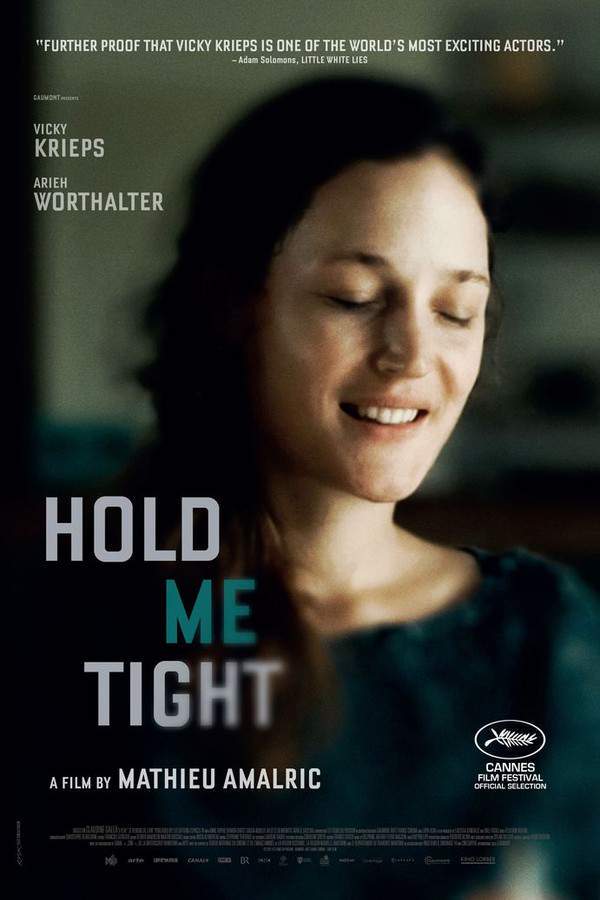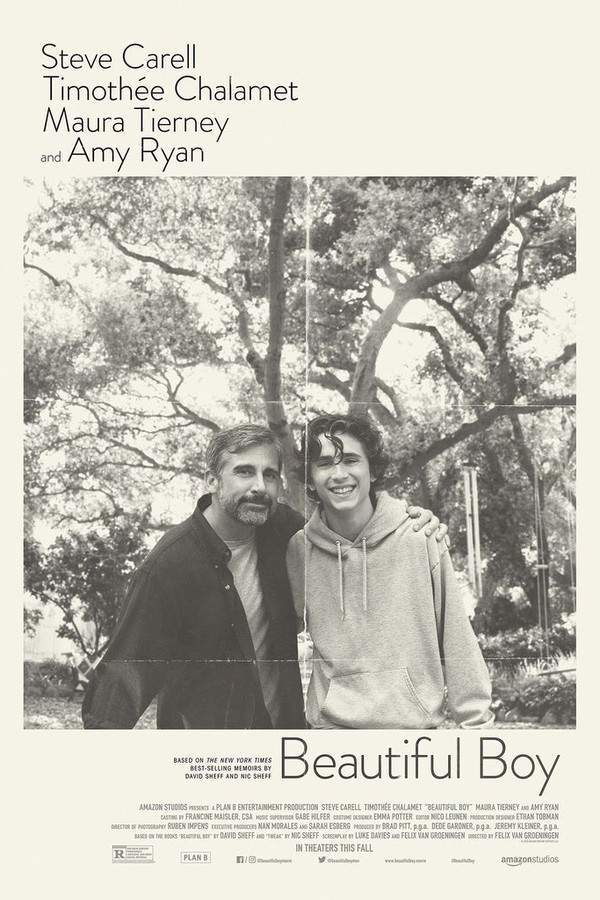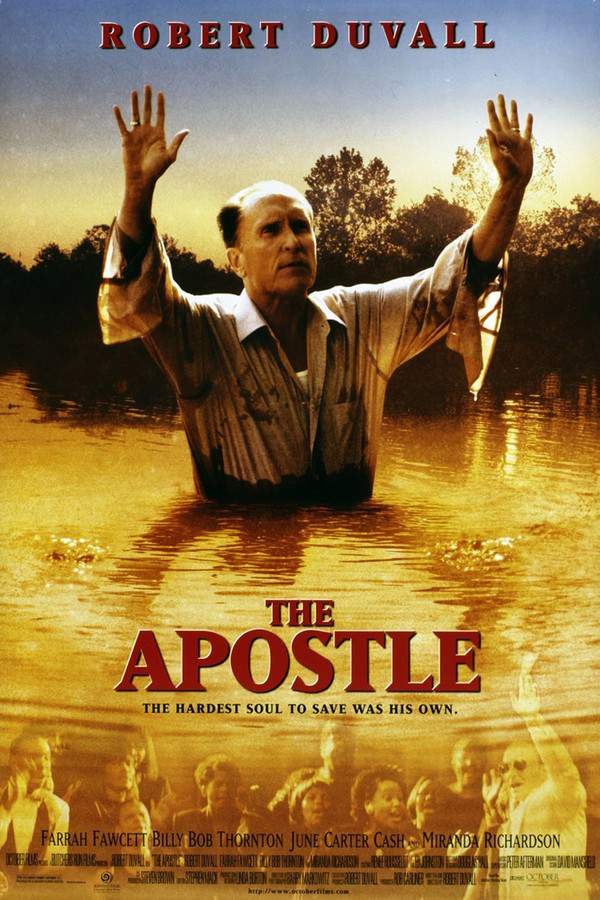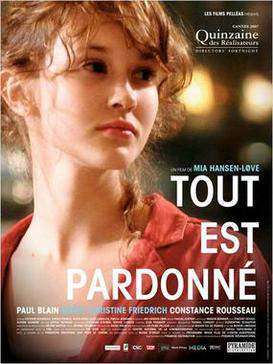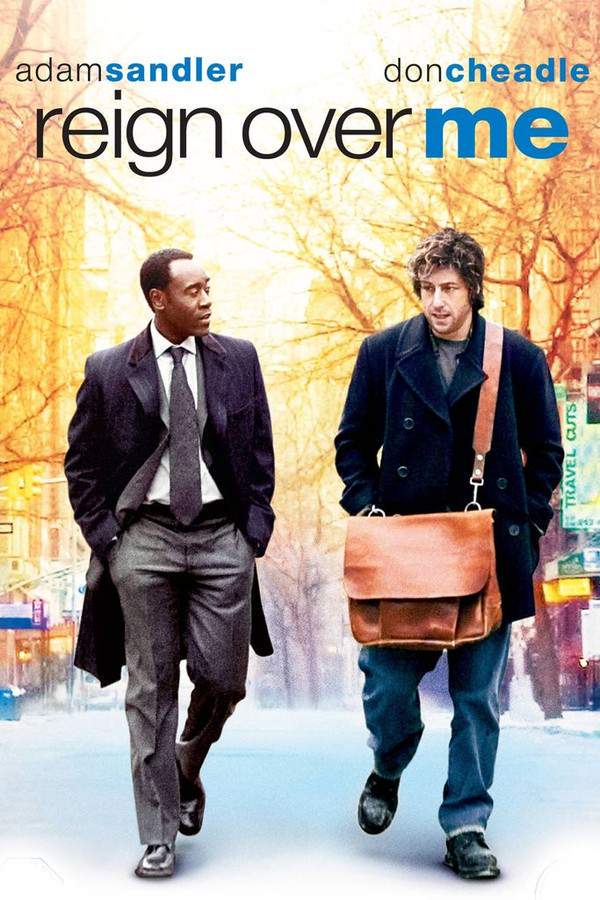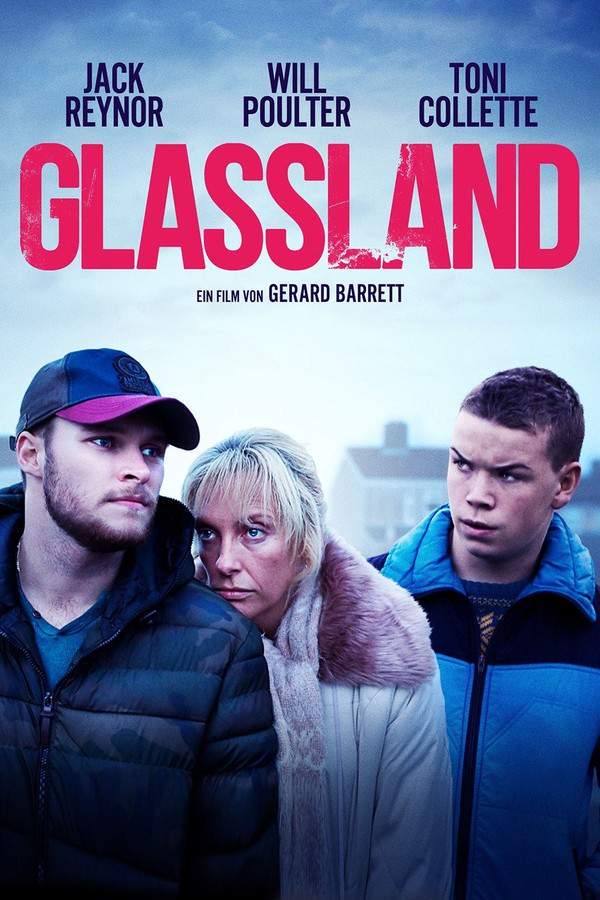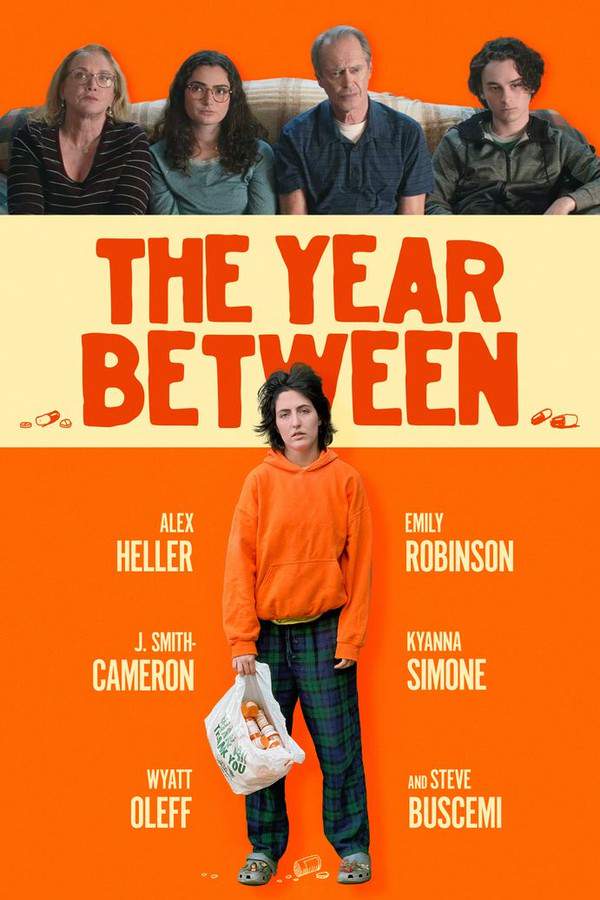
The Insatiable Moon
Year: 2011
Runtime: 97 mins
Language: English
Director: Rosemary Riddell
Sometimes you have to let go and see where you end up When Arthur, self-proclaimed son of God, sets off on a mission to find the Queen of Heaven, his world changes.
Warning: spoilers below!
Haven’t seen The Insatiable Moon yet? This summary contains major spoilers. Bookmark the page, watch the movie, and come back for the full breakdown. If you're ready, scroll on and relive the story!
The Insatiable Moon (2011) – Full Plot Summary & Ending Explained
Read the complete plot breakdown of The Insatiable Moon (2011), including all key story events, major twists, and the ending explained in detail. Discover what really happened—and what it all means.
Arthur is a Māori man who sees himself as the second son of God and devotes his life to guiding those around him. He lives in a Ponsonby boarding house run by the foul-mouthed yet hard-working manager Bob. The other residents carry their own troubles, and many look to Arthur as a living example or beacon in their day-to-day struggles. He wanders the streets in search of the Queen of Heaven, and fate has him cross paths with a community worker, Margaret, in a busy local cafe. The moment feels almost scripted, as if the city itself is watching to see if a spark might light up the lives around him.
Back at the boarding house, the TV team of Marae Investigates is filming, giving the place a new kind of tension and attention. In the midst of the cameras and chatter, Arthur and Margaret reconnect when they attend a funeral for one of Arthur’s friends—a man who suffered from mental illness and who took his own life. Margaret attends in place of a colleague who felt overwhelmed and guilty after a moment of misunderstanding in the past, a reminder of how fragile acceptance can be. The service becomes a space where the two of them share a prayerful quiet, and after the funeral, Arthur invites Margaret back to the boarding house and introduces her to Bob and the other residents. Although Margaret is married, a quiet, complicated bond grows between them, underscored by moments of shared concern, humor, and a growing sense of responsibility to one another.
As the future of the boarding house hangs in the balance, health bureaucrats press for changes, backed by a real estate developer intent on reshaping the neighborhood. The local Vicar, Kevin, teams up with Bob and Margaret to organize a meeting that would bring together businesses and residents to discuss the house’s fate. Voices collide at the gathering, arguments flare, and no clear decision emerges. Arthur’s frustration spills over as he tries to mediate, and in a moment of raw honesty he vents at the crowd before Bob gently but firmly escorts him out of the room.
With uncertainty looming over the house, Arthur clings to hope in the form of a lottery ticket, dreaming that a windfall could fund repairs, expansion, and more support for the residents. When the ticket fails to pay out, the sense of loss and isolation hits him hard. Norm, a friend who sometimes stays at the house, notices the strain and suggests to Bob that Arthur should be taken to a mental hospital for assessment and care. The plan to seek help marks a turning point, one that cuts through the boarding house’s fragile routines and pushes everyone toward a difficult reckoning.
While Arthur is away, a dramatic offer arrives: a woman whose daughter was abused by the man who died earlier in the story steps forward with a cheque for $100,000, earmarked to secure the house’s future. It’s a lifeline that shifts the power dynamics for a moment, a reminder of how money and mercy can intersect in desperate times. Arthur receives treatment at the hospital, but his attempts to escape are thwarted, and staff administer sedatives to keep him safe. The combination of the drugs he already takes and the ACTUAL treatment creates a dangerous turning point, and resuscitation attempts fail.
The fallout is heavy. Bob wrestles with anger toward the hospital staff, while Margaret is devastated by Arthur’s death. A funeral is held to mark his passing, and the boarding house mourns together as best it can. In the film’s final scene, Arthur sits on a park bench with Norm, handing him a pie and sharing a moment of quiet connection. Norm realizes that Arthur may not be truly present in that moment, yet the exchange lingers as a poignant last image: Norman ends the scene with the pie in hand, a small, symbolic gesture of memory and loss that lingers beyond the last frame.
Last Updated: October 09, 2025 at 17:00
Explore Movie Threads
Discover curated groups of movies connected by mood, themes, and story style. Browse collections built around emotion, atmosphere, and narrative focus to easily find films that match what you feel like watching right now.
Quiet Stories of Grieving Communities like in The Insatiable Moon
Gentle films about loss binding together fragile, marginalized groups.If you liked the compassionate portrayal of loss in The Insatiable Moon, explore more movies like it. These dramas focus on how communities, especially marginalized ones, come together to grieve, offering similar slow, melancholic, and humanistic stories.
Narrative Summary
These narratives typically begin with a significant loss that acts as a catalyst. The story then unfolds slowly, observing how different members of a closely-knit but fragile community—a boarding house, a neighborhood, a workplace—process their grief, revealing their vulnerabilities and strengthening their bonds in the process.
Why These Movies?
Movies in this thread are grouped by their shared focus on collective grief, a melancholic and reflective tone, and a slow, character-driven pace. They all center on the emotional dynamics within a community, creating a heavy but compassionate viewing experience.
Redemptive Journeys on the Social Margins like in The Insatiable Moon
Characters seeking meaning and connection while living on the edge of society.Find movies similar to The Insatiable Moon that explore spiritual quests and redemption for marginalized characters. These dramas feature individuals with mental illness or living on society's fringes, searching for meaning with a melancholic yet hopeful tone.
Narrative Summary
The narrative pattern follows a protagonist who is socially marginalized, often due to mental illness or poverty, on a quest for meaning or connection. Their journey is internal and spiritual, facing societal obstacles but often finding unexpected support and moments of profound human understanding within a makeshift family.
Why These Movies?
These films share a central theme of redemption and spiritual seeking for characters on the margins of society. They blend a heavy emotional weight with a melancholic tone, often featuring a straightforward narrative that focuses on the protagonist's personal transformation through connection.
Unlock the Full Story of The Insatiable Moon
Don't stop at just watching — explore The Insatiable Moon in full detail. From the complete plot summary and scene-by-scene timeline to character breakdowns, thematic analysis, and a deep dive into the ending — every page helps you truly understand what The Insatiable Moon is all about. Plus, discover what's next after the movie.
The Insatiable Moon Timeline
Track the full timeline of The Insatiable Moon with every major event arranged chronologically. Perfect for decoding non-linear storytelling, flashbacks, or parallel narratives with a clear scene-by-scene breakdown.

Characters, Settings & Themes in The Insatiable Moon
Discover the characters, locations, and core themes that shape The Insatiable Moon. Get insights into symbolic elements, setting significance, and deeper narrative meaning — ideal for thematic analysis and movie breakdowns.

The Insatiable Moon Spoiler-Free Summary
Get a quick, spoiler-free overview of The Insatiable Moon that covers the main plot points and key details without revealing any major twists or spoilers. Perfect for those who want to know what to expect before diving in.

More About The Insatiable Moon
Visit What's After the Movie to explore more about The Insatiable Moon: box office results, cast and crew info, production details, post-credit scenes, and external links — all in one place for movie fans and researchers.




